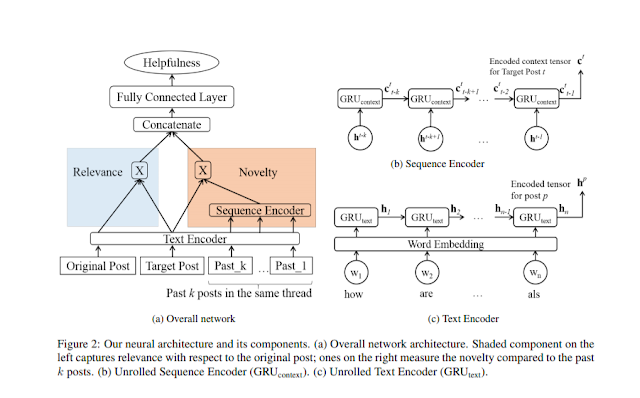AI Speeds Up Our Rendezvous With Complexity
Intelligent systems are augmenting our ability to make decisions. This ability to make decisions is based on machine learning models or deep learning models that use large amounts of data that are non-parametric that fit into non-linear functions. These models are hard to comprehend and explain. We are plugging a lot of these models into business processes in every industry. Soon it will be hard to monitor and justify the root of a decision made because of these models. Take, for example, a step in a process where a human decides. We can ask the human about the reason for the decision. There is also discretion on the decision based on the ethics of the one who decides. The decision might not be as consistent or efficient to maximize any benefit after that decision, but at least somebody can explain the details about the decision and understand the reason behind it. Now let's take the data behind past human choices and create a model using AI in an intelligent...
